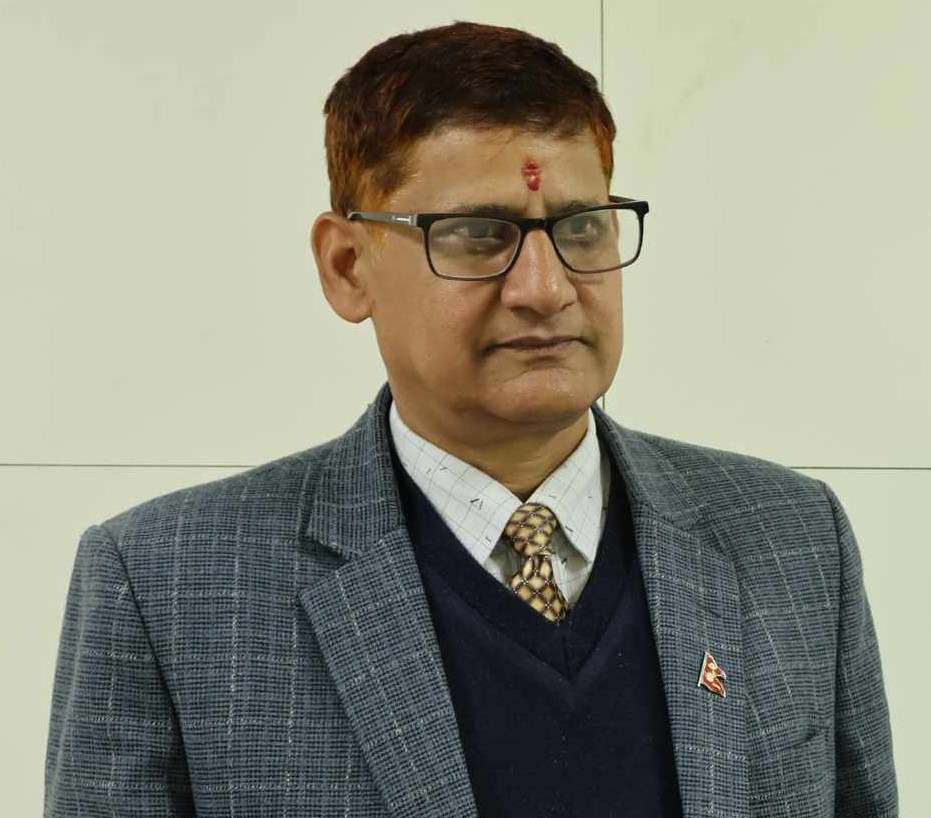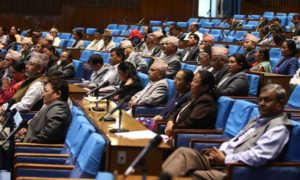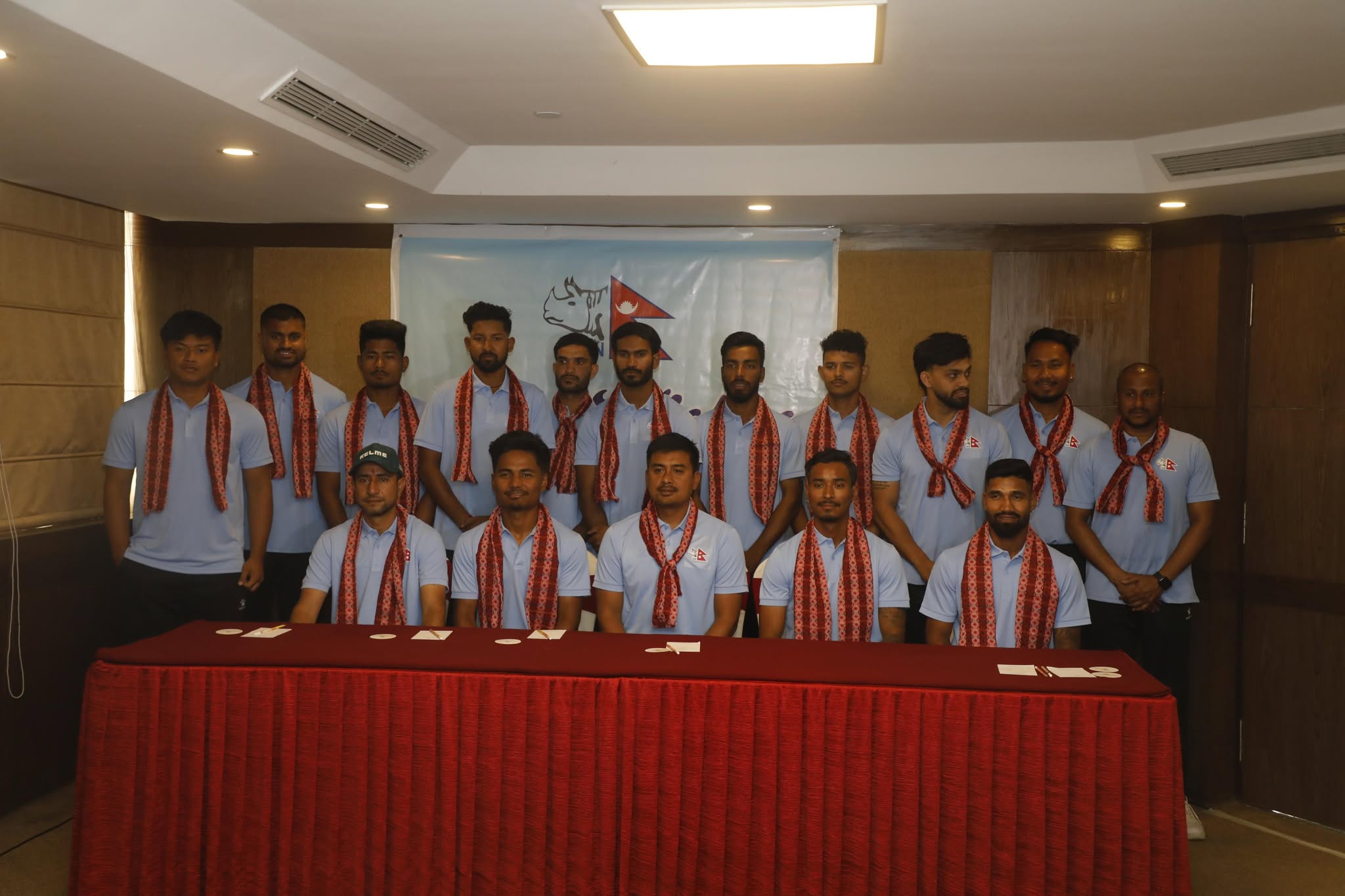
Gender Equality and Social Inclusion (GESI) is understood as a policy manifestation of a broad post-conflict social and political agenda and extensive political struggle. A core aspect of the Constitution of Nepal 2015 is to ensure that the policies and systems of Nepal are inclusive, particularly the rights of women and historically excluded groups, calling for ending discrimination relating to class, caste, religion, language, geography, and gender, and to create an egalitarian society based on the principles of proportional inclusion and participation to ensure equitable economic prosperity and social justice.
Other positive provisions as per the constitution include affirmative action to address the disadvantages and a prohibition of any sex or caste /ethnicity-based discrimination. A study by the World Bank indicates access to education for women makes them more likely to become leaders in their communities, start their businesses, and make informed decisions about their health and well-being.
Nepal has consistently cultivated an inclusive society over the past decades. However, only 26 per cent of women aged 15-49 have no education, and very few are in leadership positions. The Technical and Vocational Education and Training (TVET) programme is one of the possible solutions that address the GESI issues and unemployment of a huge mass of youth because it can open the doors to earning through self-employment, wages, and foreign employment.
TVET is therefore one of the measures for enhancing and sustaining youth empowerment and supporting gender and social inclusion. It supports more inclusive policies and mindsets and increases the voice and influence of all, including women, the poor and the excluded.
Gender equality and social inclusion (GESI) is one of the cross-cutting issues in every sector. GESI agenda has been used in every discipline of good governance and development. The challenges we face today are concerned with making the TVET system more effective and need-based, more dynamic, inclusive, and responsive to the needs of change in the world of work.
It is ironic that, despite women covering a significant part of the workforce, their potential is not realised because of discriminatory social norms and incentives. TVET can promote GESI by creating awareness, improving educational quality, providing equal access to education, combating gender bias, and promoting gender balance and social inclusion in all forms of education.
Women leaders in organisations

The World Bank Gender Strategy 2024-30 proposes a focus on innovation, financing, and collective action to end gender-based violence, elevate human capital, expand and enable economic opportunities, and engage women as leaders.
Asian Development Bank’s strategy for 2030, emphasises promoting gender equality in at least 75 per cent of all projects and programmes. It is hoped that the entry of women into Science, Technology, Engineering and Math (STEM) careers diversity policies and gender-inclusive norms in the workplace must be set up for women to have an enabling environment to succeed.
The 2030 agenda for Sustainable Development Goals (SDGs) highlights the need to build peaceful, just inclusive societies (SDG16) based upon the fundamentals of universal human rights, effective rule of law, access to justice, good governance, and transparent, effective, and accountable institutions at all levels.
Gender equality is asserted by the government as a fundamental human right, and as an enabler to progress across all development efforts. Several laws have been enacted over the last two decades to promote the equality and empowerment of women. Many affirmative actions were made to increase the participation of women in public services.
A steady rise in women’s participation has been seen in previous decades, from 11.09 per cent in 2008/09 to 23.6 per cent in 2017/18. The health sector seems to be a more inclusive public sector compared to other sectors, where there is about 47 per cent inclusion. The prediction shows that there will be a 50/50 scenario in the Nepali Civil Service by the year 2037 if the given scenario remains unchanged.
The education sector requires teamwork, flexibility, good decision-making and the fostering of strengths among coworkers. Groups with more women exhibit greater team building and equality in conversational turn-taking, which further enables the group members to be responsive to one another and make the best use of their knowledge and skills, which is the key to better education and quality TVET schools.
A study made in the US showed that women leaders are better at dealing with social issues such as education and health care and handling economic conditions. In the findings of this study, many Americans see a broad societal value in having more women in leadership. They believed that having more women in top leadership positions would play a great role in improving the lives of all women.
A new review of the current research by researchers from the Schulich School of Business at York University in Canada and the Department of Management at the University of Central Florida looked at whether gender makes a difference in terms of leadership. It has also been found that women tend to be rated more highly than men on social leadership and in situations that require high levels of interpersonal skill, women tend to be better rated as better leaders.
Quality education that is inclusive and responsive to the diverse needs of all learners can help to break down stereotypes related to gender inequalities and promote gender equity in technical and vocational education. By providing all with the same opportunities and resources to succeed, the education system can help to address the gender gap in education and promote gender equality.
Emerging evidence also shows a positive association between women school leaders and students’ performance. Some studies suggest that women school leaders are more likely than their male counterparts to adopt better leadership practices, such as working as role models, practising distributed leadership styles and better coping with the situation that may contribute to improved outcomes.
Studies have shown a positive association between women school leaders and students’ performance relating to the quality of education. Findings of the related studies indicated that schools with female leaders have better performances and better outcomes.
However, Nepal’s TVET schools have a very low representation of female leaders. In the context of the government’s benchmark for representing at least 33 per cent of the women in all sectors, the data on TVET leadership is less encouraging.
This study has attempted to assess the status of female leaders in the TVET schools, collecting different sample sizes in seven provinces to assess the status of females. The figure below depicts the existing status of female leaders in the TVET sector.
Table 1: Number of female leaders in TVET schools against the sample

The figure above presents the status of female leaders in TVET in the seven provinces. As indicated above, out of the sampled 206 schools only leaders, only 21 schools have female leaders which is about 10 per cent only.
While analysing the province-wide data, Bagmati province has the highest number (28.57 per cent) of female leaders in TVET followed by Gandaki Province which has 17 per cent female leaders in TVET.
In this sample, Madhesh province and Karnali province have zero per cent of female leaders. In the previous decades, many attempts were made to increase the number of female leaders in TVET. However, the insignificant number of females in leadership indicates that there is a need to empower and develop female leaders for the TVET sector.
Decades of studies show that women leaders help to increase productivity, enhance collaboration, inspire organisational dedication, and improve fairness. When more women are empowered to lead, everyone benefits.
A study by the American Psychological Association shows that women are rising in political, corporate, and educational leadership in the world despite facing challenges to their authority and success.
Experts emphasise that organisations need women leaders to improve business and service delivery. Female leaders demonstrate more transformational leadership styles and team collaboration, which support the organisational goal. Further, organisational psychologists examined and concluded that women-led groups were strongly related to the group’s collective intelligence, which is their ability to work together and solve problems.
Conclusion
Education is a powerful tool for promoting social justice and equality. Several factors contribute to the gender gap in leadership, such as perceptions of role incongruity between leadership and traditional gender roles, stereotyping processes, and organisational barriers for women.
Discrimination against female leaders occurs mainly because people believe that women cannot be effective leaders. According to role incongruity theory, prejudice toward female leaders derives from gender roles -consensual beliefs about the attributes of women and men; these beliefs are either descriptive expectations about what women and men are like or injunctive expectations about what women and men ought to be like.
Promoting gender equality in education can be achieved through a variety of strategies. Research shows that having women leaders as role models and mentors is vital for young women. Evidence also indicates a multiplier effect among women leaders in fintech promoting women in leadership can have added benefits with conscious recognition of the innovation, passion, and talent that women bring.
Women’s leadership style tends to be more democratic, participative, and transformational compared with men’s, and academic institutions are supposed to practice democratisation through a transformation of the staff and institution itself. In this regard, more and more women leaders in this sector can bring changes and assure quality TVET.





















